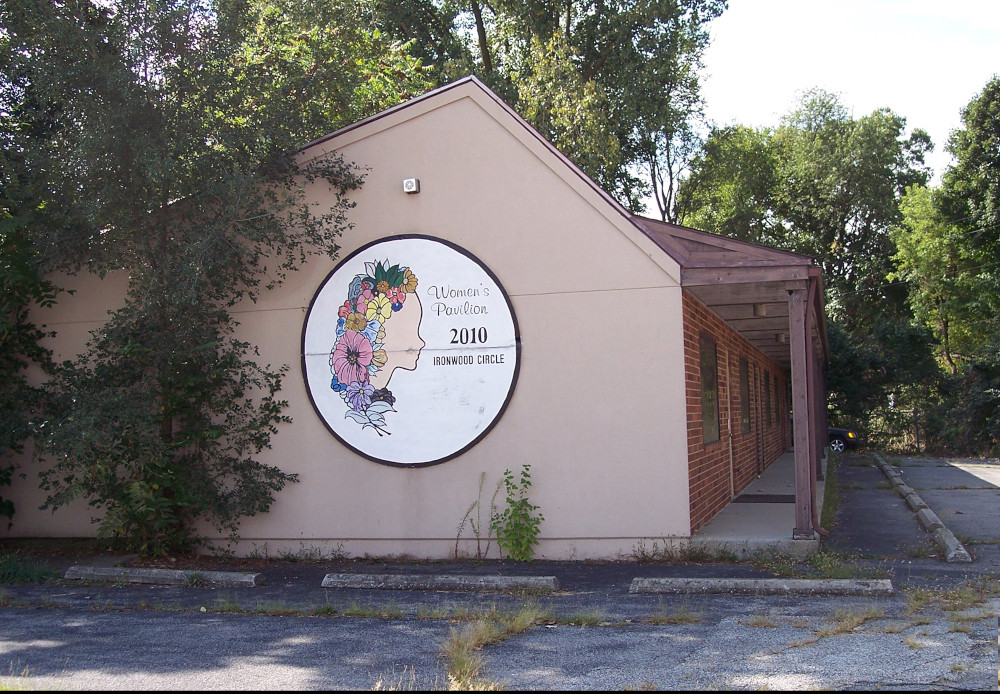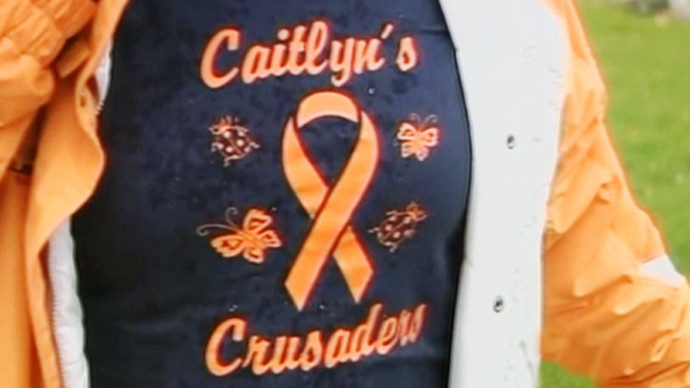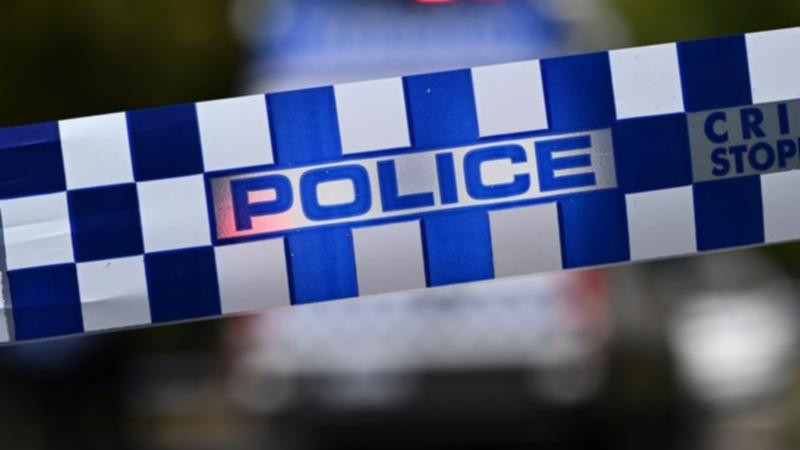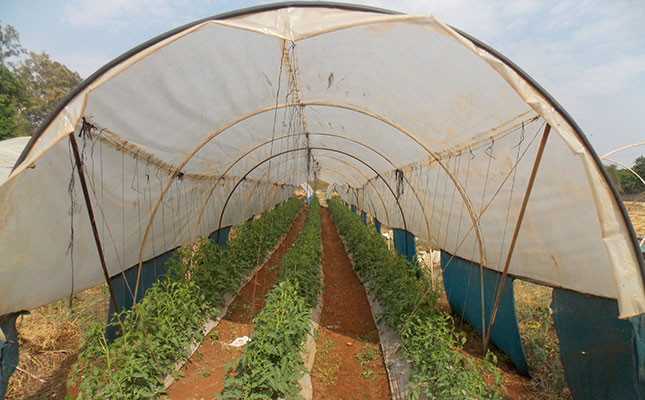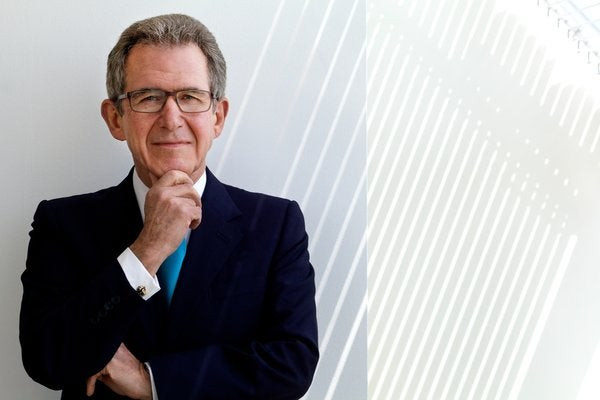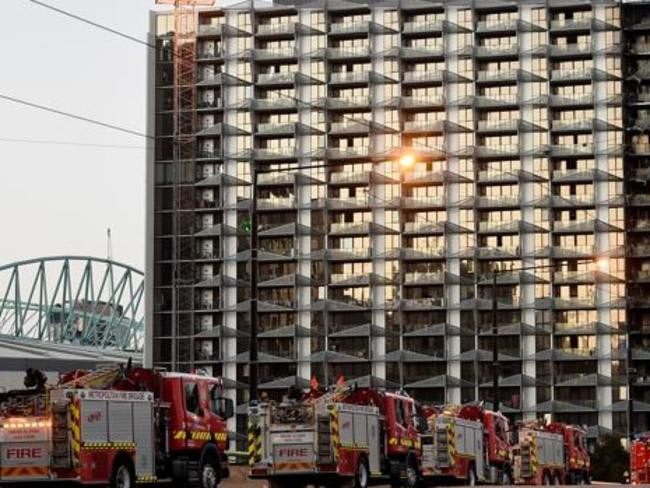More than nine months after ancient human remains were discovered in a Riverdale neighborhood, the City of Toronto has spent nearly $200,000 monitoring the location. But little has been done to secure or discover more about it, much to the disappointment of a Six Nations of the Grand River archaeologist calling into question the city’s dedication urgency and respect for those buried there.
City crews installing a water service line first became aware of the remains on Jan. 5, which an anthropologist later confirmed to be ancient remains. Three days later, the city was issued a provincial order instructing it to engage a consultant archaeologist to under take an investigation to determine the origin of the burial site.
The site currently remains fenced off and under a tent and under round-the-clock security monitoring, which the city said has cost around $196,000.
Site's History and Significance
Around 1,000 years ago, the location was home to several First Nations. Before that the Haudenosaunee Confederacy moved to the region, followed by the Anishinaabe. Workers building a road in 1886 first disturbed the site, leading to an archeological dig locating dozens of human remains and artifacts thousands of years old.
Concerns Over City's Response
Tanya Hill-Montour, the archaeology supervisor for Six Nations of the Grand River, said there were a number of red flags with the initial work that yielded the January discovery because of its proximity to the Withrow archeological site. Hill-Montour said an assessment should have been done before the maintenance work began and expressed surprise at the apparent lack of due diligence on the city’s part.
The city said an assessment was not conducted because the city’s archaeological management plan didn’t indicate there was a potential for a discovery in the area, believing any relics had been destroyed by residential development.
That’s not where Hill-Montour’s disappointment ends with the city. Since the discovery, aside from securing the location, it doesn’t appear that any physical efforts have been made to learn more about it.
“I’m very appalled that nobody is looking at this like a serious matter. We have three people, they’re people, they’re individuals who are laying in very terrible conditions,” said Hill-Montour who acts at the next of kin to advocate for ancestors when they become unearthed. “It’s completely disrespectful.”
Hill-Montour said if the remains were of a European settler, she felt there would be more urgency to see a resolution to the matter by now. “It really angers me, it’s been nine months now and there’s been no movement,” she said.
City's Stance and Delays
A city spokesperson said in an email the investigation was initially delayed because the ground needed to thaw. But the question of why work didn’t begin with the arrival of spring, is less clear.
Spokesperson Laura McQuillan said the city procured a licensed consultant archaeologist and began engaging in discussions with several First Nations in March on the proposed next steps.
McQuillan said formal agreements with First Nations need to be in place before any further actions can be taken. Those discussions, she said, would need to outline respective responsibilities and payments the city would be required to compensate First Nations for respective roles in the assessment activities.
The city’s media department refused an interview with the divisional head overseeing the process and wouldn’t say how many or which First Nations groups it had contacted, nor would it provide clarity on why the process is taking so long.
But McQuillan said all First Nations identified with interests related to traditional territory at the site have been contacted by the city and its archaeological consultant.
Neighbors Weigh In and Safety Concerns
Kristin Briggs, whose home neighbours the site, said the yellow tent always raises interest from those passing by and every now and then an archaeologist will stop by to ensure the location is secure and not exposed to the elements.
She said she’s remaining patient with the process, stressing that neighbours are sensitive to the need to treat the situation with respect. But she did say that a portion of the sidewalk being blocked on a fairly busy side street next to a school is a safety concern.
Moving Forward
Hill-Montour said it’s important to include all Indigenous stakeholders, but she said every First Nations group would believe in advocating for the respectful treatment of their ancestors.
“I think that’s a poor excuse, because the treatment of our ancestors shouldn’t be nine months of laying in the elements,” she said.
Other difficult questions about next steps also need to happen, including whether the remains should be exhumed or remain in place also need to happen.
Hill-Montour said the city needs to up the urgency and she’s not confident there will be progress before the ground freezes again.
“To get this moving I think we need to start opening up that conversation and get these Indigenous communities who have already stated they have interest in the project and move forward,” said Hill-Montour.
“I’ll be very disappointed and I’ll be further heartbroken if these ancestors have to spend their winter in these conditions.”
The Road Ahead
The city’s handling of the situation has sparked a debate about the city’s commitment to acknowledging and respecting its Indigenous history. While the city has said it is working to ensure the remains are treated with respect, the lack of tangible progress and the absence of transparency have left many questioning the city's actions. The coming months will be critical in determining how the city will move forward with honoring and preserving the site and its history.




